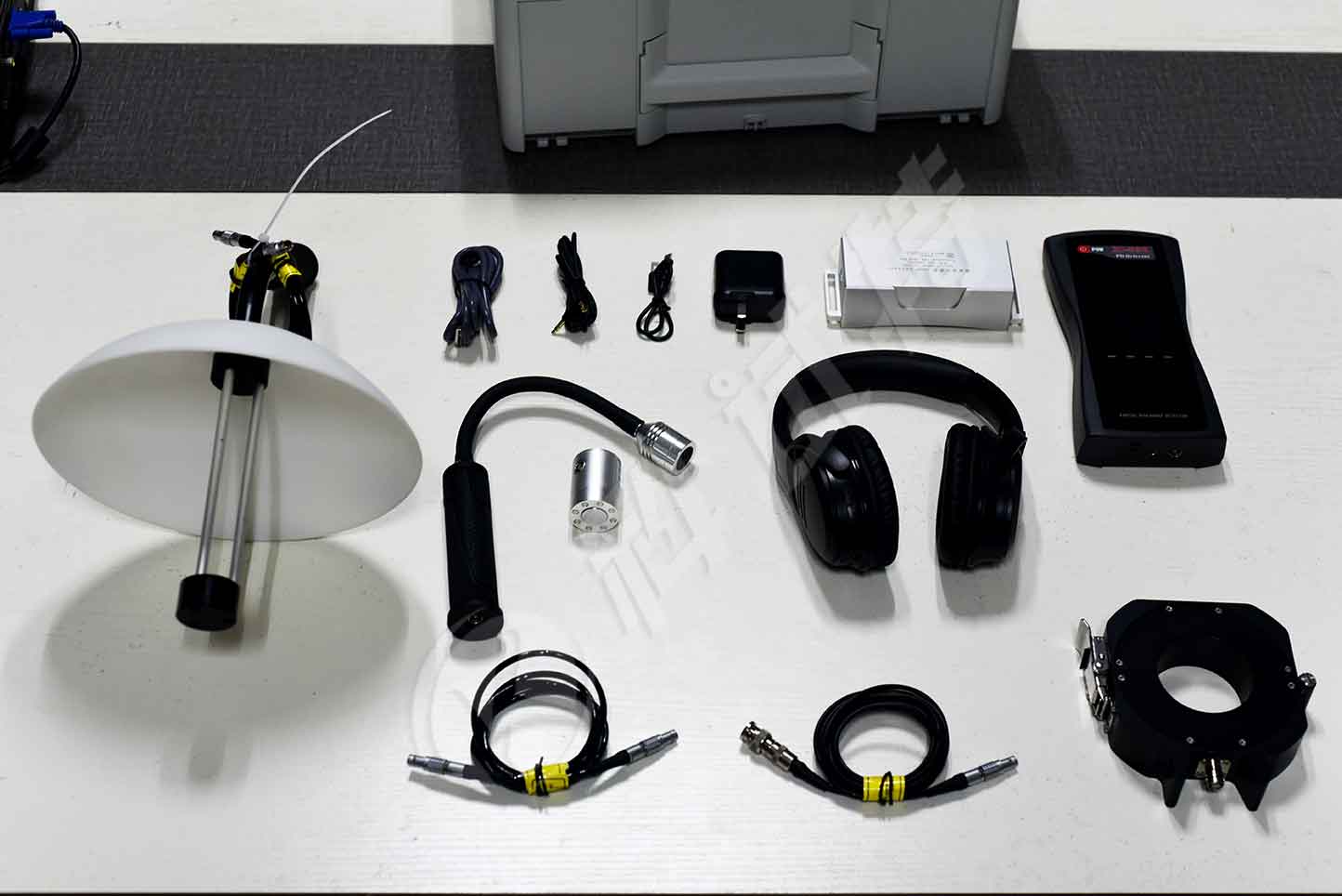When choosing a partial discharge detector, it is crucial to ensure that the equipment you choose can meet specific testing needs while providing high accuracy, high sensitivity, and a good user experience. Here is a detailed selection guide to help you choose the most suitable equipment.
1. Clearly define testing requirements
Firstly, you need to clarify the specific testing requirements. Consider the type of testing object (such as cables, transformers, switchgear, etc.), the conditions of the testing environment (such as temperature, humidity, electromagnetic interference, etc.), and the purpose of the testing (such as preventive maintenance, fault diagnosis, etc.). These factors will directly affect your choice of partial discharge detector.
2. Evaluate equipment performance
① Sensitivity: Select equipment with high sensitivity to ensure the detection of weak partial discharge signals. This is crucial for timely identification of potential issues.
② Resolution: High resolution devices can better analyze information such as discharge type and discharge location, which helps to diagnose problems more accurately.
③ Measurement range: Ensure that the measurement range of the device can cover your testing needs and avoid missing important information due to insufficient measurement range.
④ Accuracy: Choose equipment with high precision to ensure the accuracy of measurement results.
3. Consider anti-interference capability
There may be various electromagnetic interferences in the testing environment, so the selected equipment should have good anti-interference ability. This can be achieved by selecting devices with appropriate shielding and filtering functions. At the same time, ensure that the equipment can operate stably in various environments and avoid testing failures caused by interference.
4. Consider portability and ease of use
If it is necessary to bring the partial discharge detector to the site for testing, the portability and ease of use of the equipment will be important considerations. Choosing lightweight, easy to carry and operate devices can improve testing efficiency and reduce operational difficulty.
5. Focus on reliability and stability
The equipment in the power system needs to operate stably for a long time, so the reliability and stability of the selected partial discharge detector are crucial. Understand the manufacturing process, after-sales service, and other information of the equipment to ensure that the selected equipment has high reliability and stability.
6. Consider cost factors
On the premise of meeting testing requirements, it is also necessary to consider the cost factor of equipment. Choose appropriate equipment based on the budget to avoid excessive investment. Meanwhile, pay attention to comparing the performance, price, and other factors of different brands and models of equipment to find the most cost-effective option.
7. Understand user reviews and technical support
When selecting a partial discharge detector, user evaluations and technical support can be consulted. Understanding other users' evaluations of the device and the technical support provided by the device manufacturer can help you gain a more comprehensive understanding of the device's performance and user experience.
In summary, choosing the most suitable partial discharge detector for you needs to consider multiple factors. By clarifying testing requirements, evaluating device performance, considering anti-interference ability, portability and usability, reliability and stability, as well as cost factors, you can find the most suitable device for you. Meanwhile, understanding user reviews and technical support can also help you make wiser decisions.

ZC-830 Partial Discharge Detector with portable structure and embedded signal receiving and data processing module, has multiple analysis modes and can conveniently measure the UHF signals and the ultrasonic signals generated by the partial discharge of the electric equipment. Compared with similar products, this product has convenient operation and strong function.Besides the embedded ultrasonic sensor, the host machine of the product is also configured with an external sensor interface for connecting UHF sensor, TEV sensor and external ultrasonic sensor thereto. The uniform interface is adopted for convenient and simple operation.This product widely used in theater testing of power systems, including insulation status testing of high-voltage switchgear, ring-network cabinets, voltage/current transformers, transformers (including dry-type transformers), GIS, overhead lines, cables, and other equipment.
Kvtester Electronics Technology Co.,Ltd. is a high-tech enterprise specializing in power testing, testing, research and development, production, and sales of testing equipment. It has been engaged in the electrical testing industry for many years, and its products are of high quality. We welcome customers to come and purchase. Service hotline: 0086-27-81778799, to learn more, visit the official website: www.kvtester.com





